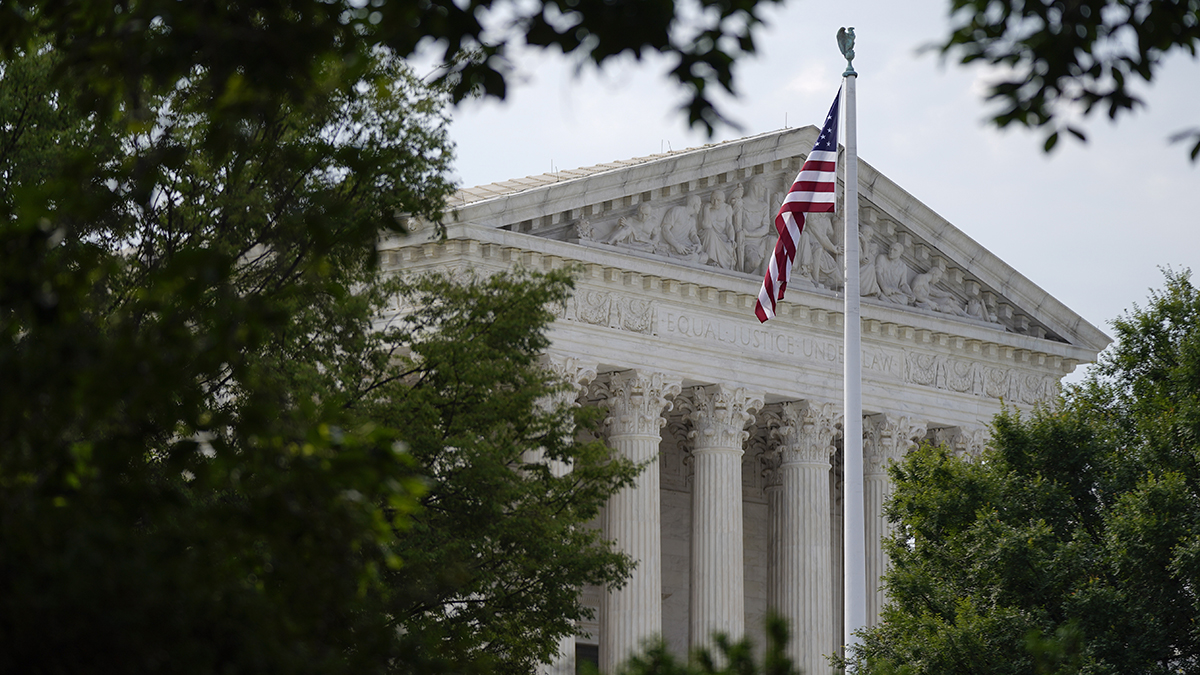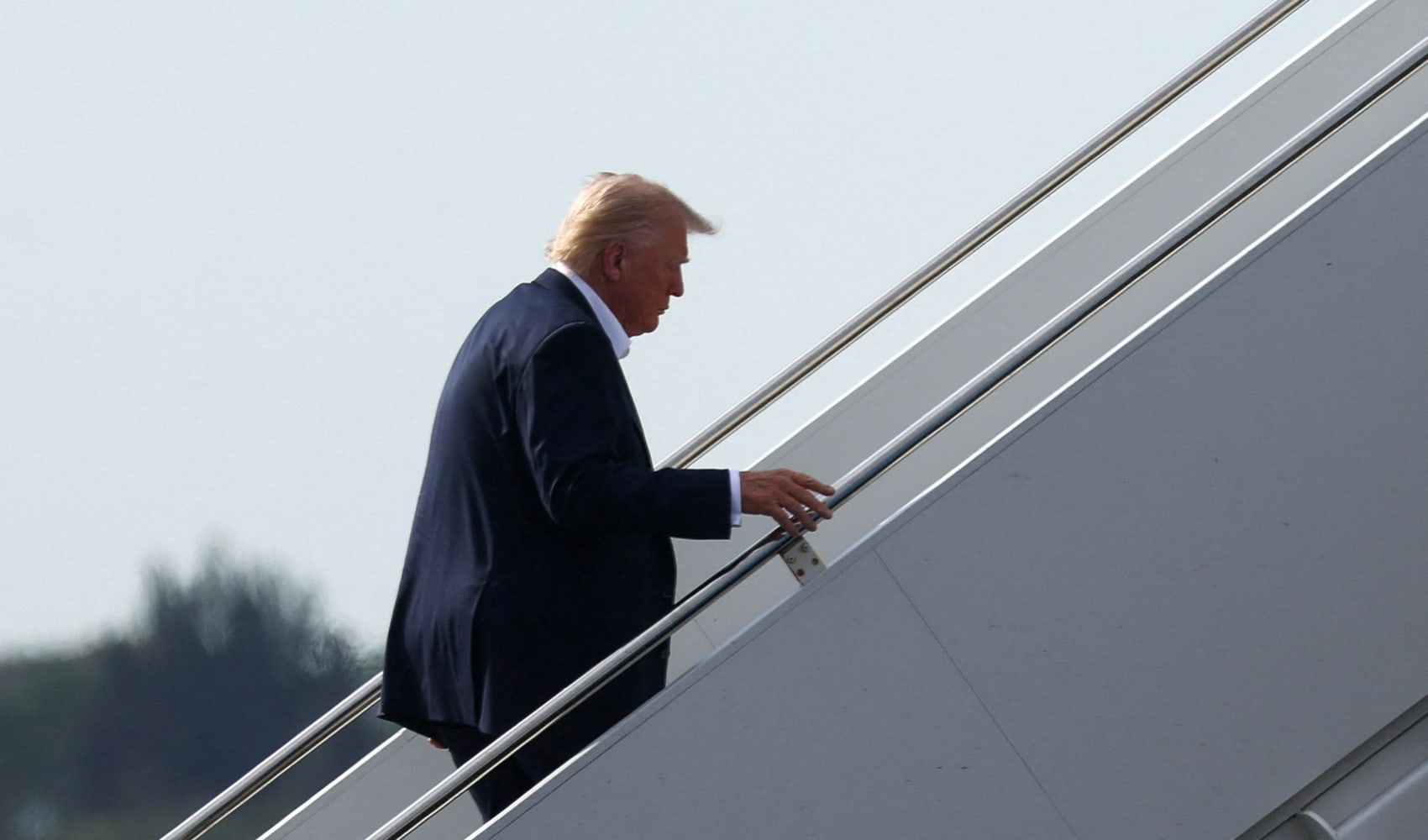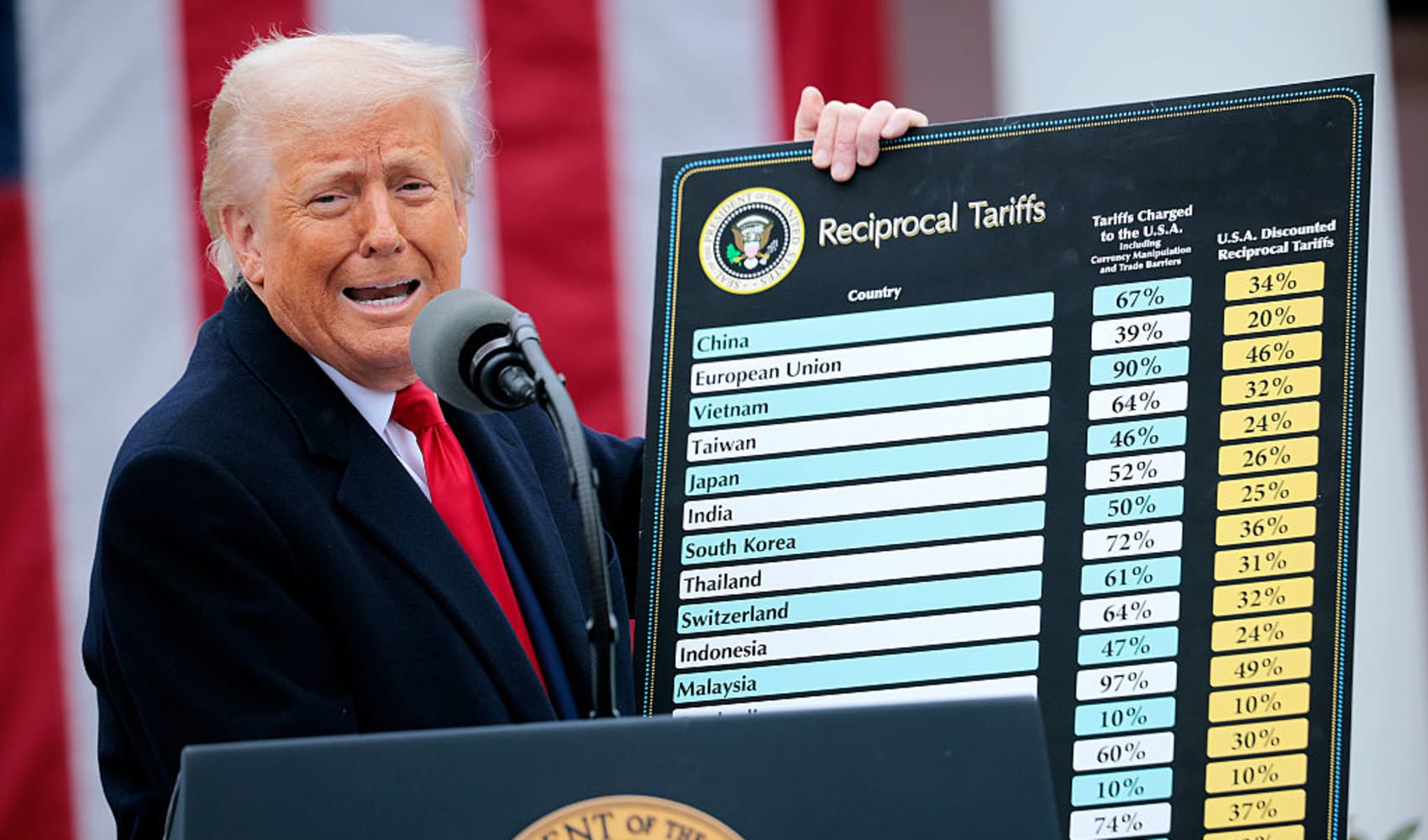Harvard Scientist Deportation: Judge Casts Doubt on ICE Case
Harvard Scientist Deportation Case Faces Judge's Scrutiny: What's Next?
Introduction: A Legal Curveball for a Harvard Scientist
Imagine dedicating your life to science, contributing to groundbreaking research at Harvard University, and then suddenly facing deportation. That's the reality for Kseniia Petrova, a Russian-born scientist whose case has taken an unexpected turn. An immigration judge has questioned the legal basis of the U.S. government's initial deportation case against her. What does this mean? It means the meticulously constructed case against her may be crumbling before it even truly begins. Let's delve into the details of this intriguing situation and explore the potential ramifications.
The Scene: A Louisiana Courtroom Filled with ICE Lawyers
The preliminary immigration hearing took place in Jena, Louisiana, a setting perhaps more associated with small-town life than high-profile immigration battles. But the sheer number of government attorneys present was anything but small-town. Petrova's attorney, Greg Romanovsky, noted the presence of three trial attorneys and a deputy chief counsel from Immigration and Customs Enforcement (ICE). He described this level of representation at such an early stage as extremely unusual.
Why so many lawyers?
You might be wondering, why the overwhelming force of legal power? Was this a standard operating procedure, or did the government anticipate a tough fight? It certainly paints a picture of a determined effort to deport Petrova, regardless of the circumstances. The judge's subsequent ruling suggests this approach might be overkill, or perhaps even an admission of weakness in their initial filing.
The Legal Hiccup: A Deficient Notice to Appear
The core of the issue lies in the "Notice to Appear," the official document that kicks off deportation proceedings. According to Romanovsky, the judge determined that this document did not meet legal standards. But what does that even mean? It's like trying to start a car with a dead battery – you can turn the key, but nothing happens. The Notice to Appear is the ignition switch of deportation, and if it's faulty, the entire process is jeopardized.
What makes a Notice to Appear legally deficient?
There are several reasons a Notice to Appear might be considered deficient. It could lack specific details about the alleged violation, fail to properly identify the individual, or contain incorrect information. Think of it like a traffic ticket that doesn't accurately describe the car or the location of the offense. Such errors can invalidate the ticket, and similarly, errors in a Notice to Appear can derail deportation proceedings.
A Week to Salvage the Case: ICE's Opportunity to Respond
The judge has given ICE one week to file additional documentation to support its claim that Petrova is deportable. This is a crucial moment. ICE must provide compelling evidence and legal arguments to rectify the deficiencies in the original Notice to Appear. If they fail to do so, the case could be dismissed, giving Petrova a significant victory.
What kind of documentation might ICE submit?
ICE could submit amended versions of the Notice to Appear, additional evidence supporting their claims, or legal arguments explaining why the original notice, despite its flaws, should still be considered valid. The pressure is on them to act quickly and decisively. Whether they can pull a rabbit out of the hat remains to be seen.
The Follow-Up Hearing: July 22nd – A Date to Watch
A follow-up hearing is scheduled for July 22nd. This is the moment of truth. At this hearing, the judge will determine whether ICE has successfully addressed the deficiencies in the Notice to Appear and whether the deportation case can proceed. The outcome of this hearing will have a profound impact on Petrova's future in the United States.
Possible outcomes of the July 22nd hearing
There are a few potential scenarios:
- The judge rules in favor of Petrova: The case is dismissed, and Petrova can continue her work at Harvard. This would be a major win for her and a significant setback for ICE.
- The judge rules in favor of ICE: The case proceeds, and Petrova faces the prospect of deportation. This would likely lead to further legal battles and appeals.
- The judge requests further clarification: The judge might ask for additional information or arguments from either side, postponing a final decision. This would prolong the uncertainty for Petrova.
Who is Kseniia Petrova? Beyond the Headlines
While the legal intricacies are fascinating, it's important to remember that this case involves a real person with a life and a career. Kseniia Petrova is not just a name in a legal document; she's a scientist contributing to vital research at one of the world's most prestigious universities. Her deportation would not only disrupt her life but could also impact her ongoing research and its potential benefits to society.
The impact on scientific research
Deporting a skilled scientist like Petrova could have far-reaching consequences. It represents a loss of talent and expertise for the U.S. scientific community. It could also discourage other foreign-born scientists from pursuing research careers in the United States, hindering innovation and progress.
The Broader Context: Immigration Enforcement and the Pursuit of Talent
Petrova's case raises broader questions about immigration enforcement policies and their impact on the pursuit of talent. Are we, as a nation, effectively balancing the need for border security with the desire to attract and retain skilled individuals who can contribute to our economy and society? This case highlights the potential conflicts between immigration laws and the national interest in fostering innovation and scientific advancement.
A nation of immigrants, or a nation with closed doors?
The United States has historically been a magnet for talent from around the world. But recent immigration policies have led some to question whether that tradition is being eroded. Are we sending a message that talented individuals are welcome, or are we creating an environment of uncertainty and fear that discourages them from coming here?
The Role of the Media: Shaping Public Perception
Media coverage plays a crucial role in shaping public perception of immigration issues. How Petrova's case is portrayed in the news can influence public opinion and potentially impact the outcome of her legal battle. It's essential that the media provides fair and accurate reporting, avoiding sensationalism or biased narratives.
Sensationalism vs. responsible reporting
Sensationalized reporting can fuel anti-immigrant sentiment and create a climate of fear and distrust. Responsible reporting, on the other hand, can help to educate the public about the complexities of immigration law and the human stories behind the headlines.
The Legal Defense: Romanovsky's Strategy
Greg Romanovsky, Petrova's attorney, is playing a critical role in defending her against deportation. His strategy likely involves challenging the legality of the Notice to Appear, presenting evidence of Petrova's contributions to society, and arguing that her deportation would be detrimental to the national interest. His expertise and advocacy are crucial to Petrova's chances of success.
Challenging the government's case
Romanovsky's primary goal is to dismantle the government's case against Petrova. This involves identifying weaknesses in their evidence, challenging their legal arguments, and presenting a compelling narrative of Petrova's life and work. He must convince the judge that deporting her would be unjust and harmful.
What Happens Next? The Stakes are High
The next few weeks are critical for Petrova. ICE must act quickly to shore up its case, and Romanovsky must be prepared to defend her vigorously. The outcome of this case will not only determine Petrova's future but could also have broader implications for immigration enforcement and the treatment of foreign-born scientists in the United States.
The Ripple Effect
This case is not happening in a vacuum. Its outcome could influence future immigration cases involving scientists, academics, and other skilled professionals. It could also affect the willingness of talented individuals from around the world to pursue careers in the United States.
The Human Cost of Deportation
It's easy to get lost in the legal technicalities, but it's important to remember the human cost of deportation. Being forced to leave one's home, family, and career can be devastating. Deportation can have long-lasting emotional and psychological effects on individuals and their families.
Beyond the legal jargon
Let's not forget the real-life implications. Petrova's life has been upended by this legal battle. Her future hangs in the balance. It's a stark reminder that immigration laws have a direct impact on individuals and families, and that these laws should be applied fairly and justly.
Conclusion: A Case with National Implications
The case of Kseniia Petrova is more than just a legal dispute; it's a reflection of our values as a nation. It raises questions about how we treat talented immigrants, how we balance security concerns with the pursuit of innovation, and how we ensure fairness and justice in our immigration system. The judge's questioning of the initial deportation case is a glimmer of hope for Petrova, but the battle is far from over. The upcoming hearing on July 22nd will be a critical moment, and the outcome will have far-reaching implications for Petrova, for the scientific community, and for the broader debate on immigration in America.
Frequently Asked Questions (FAQs)
- What is a Notice to Appear (NTA)?
A Notice to Appear (NTA) is the official document used by the U.S. government to initiate deportation proceedings against a non-citizen. It outlines the reasons why the government believes the individual is deportable and informs them of their rights and obligations.
- What does it mean for a Notice to Appear to be "legally deficient?"
A Notice to Appear is considered legally deficient if it contains errors, omissions, or inaccuracies that violate legal standards. This could include failing to properly identify the individual, omitting key details about the alleged violation, or citing incorrect laws or regulations.
- What happens if a Notice to Appear is found to be deficient?
If a judge determines that a Notice to Appear is legally deficient, the government may be given an opportunity to correct the errors and file an amended notice. If the government fails to do so, the case may be dismissed, and the deportation proceedings could be terminated.
- Why did ICE send so many lawyers to Petrova's preliminary hearing?
The presence of multiple ICE attorneys at Petrova's preliminary hearing is unusual and suggests that the government may be taking the case very seriously. It could be an indication that they anticipate a challenging legal battle or that they are under pressure to deport Petrova for other reasons.
- What can I do to support Kseniia Petrova's case?
Supporting Petrova's case can involve several actions. You can contact your elected officials to express your concerns about the case and advocate for fair treatment of immigrants. You can also share information about the case on social media to raise awareness and support for Petrova. Finally, you can donate to organizations that provide legal assistance to immigrants facing deportation.



